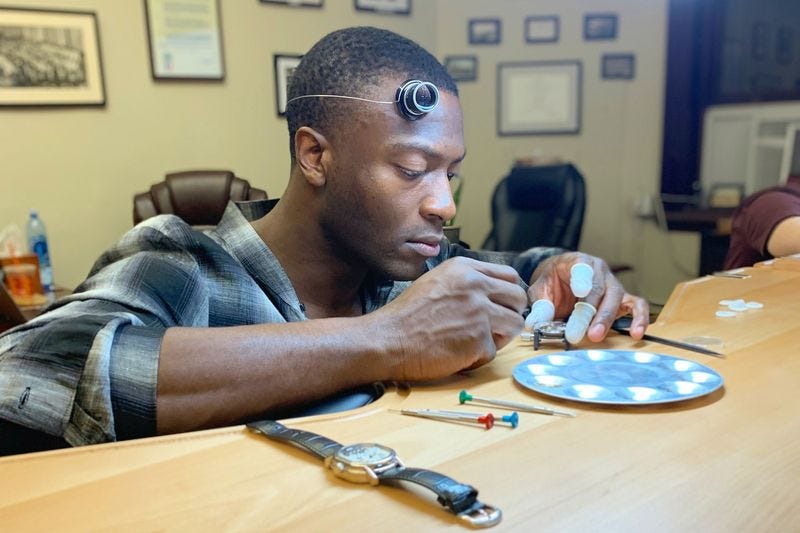Acne management for all skin types
Dr. Afsaneh Alavi on providing efficacious acne therapies for patients of all skin types (700 words, 2.5 min)
Skin Spectrum Weekly is proud to announce the first dermatology conference of its kind. The Indigenous Skin Spectrum Summit is a special session of Skin Spectrum Summit held on March 18 and 20, addressing specific treatment needs of Canada's Indigenous community. Click here to learn more and register.
In her presentation at Skin Spectrum Summit in Toronto, Dr. Afsaneh Alavi discussed acne management strategies for patients with all skin types. This includes including prescribing isotretinoin, which studies have shown is less frequently prescribed to Black patients compared to white patients.
The key to determining the best course of action for acne treatment and management is consulting with patients on how they feel and their perception of their condition, said Dr. Alavi.
Acne has four pathogenic factors: an alteration in the keratinization process, sebum production by the sebaceous gland, release of inflammatory mediators into the skin and P. acnes follicular colonization.
Studies have shown that a certain phenotype of acne responds better to topical treatment. Dr. Alavi suggests a combination of retinoids and benzoyl peroxide as a single agent for the first line of therapy for comedonal and inflammatory acne.
During her presentation, Dr. Alavi alluded to a survey of 3,000 to 4,000 dermatologists and non-dermatologists, which showed that only 50 per cent of dermatologists use retinoids in the management of acne. For non-dermatologists, fewer than 30 per cent were using retinoids as a treatment option.
“Retinoids are a great treatment in the management of acne,” she said. “What may be the barrier for treatment using retinoids is dryness of the skin and irritation that counselling and using a moisturizer can resolve.”
For pregnant women, azelaic acid, either 15% gel or 20% cream, is an option when treating post-inflammatory hyperpigmentation.
Topical and systemic antibiotics should not be used as a monotherapy in the management of acne, said Dr. Alavi.
“Experts use neither topical [nor] systemic antibiotics as a single agent as a treatment for a patient with acne,” Dr. Alavi said, “because of resistance.”
Isotretinoin is the first line of therapy for very severe acne, such as cystic and conglobate acne.
“The recommendation is that if you have a patient [who] at the end of treatment ... still has acne, you proceed [with isotretinoin] until the final clearance,” said Dr. Alavi.
Acne flares can also be eliminated by the initiation of a low dose of isotretinoin.
For maintenance, Dr. Alavi recommends topical retinoids with or without benzoyl peroxide. Topical antibiotics should not be used as acne maintenance therapy.
Laser, intense pulsed light and photodynamic therapy should not be considered first-line therapy for inflammatory acne.
The takeaway: “If other treatments fail, [PDT and laser therapies are] an option,” she added.
FROM THE LITERATURE ON ACNE
Microneedling for the Treatment of Acne Scars: An Update for Clinicians
A recent study found that microneedling for the treatment of acne scars in patients with dark skin tones is safe and effective. The study looked at 1845 patients and found high patient satisfaction with the procedure.
Racial Differences in Treatment Preferences of Acne Vulgaris: A Cross-Sectional Study
A U.S.-based study looking at racial differences in treatment preferences of acne patients found that there are perceptional differences exist between races. One difference the researchers noted was that Asian patients were less likely to see a healthcare professional about their acne compared to White patients.
Acne vulgaris: prevalence, severity, and impact on quality of life and self-esteem among Egyptian adolescents
An Egyptian study found that acne had a significant impact on quality of life among adolescents, recommending prompt diagnosis and treatment of the skin condition, as well as greater access to healthcare.
VIDEO: Study finds racial disparity in acne medication prescribing
AT THE INTERSECTION OF SKIN AND SOCIETY
One seldom-discussed occupational group is reaching out for a more diverse workforce, according to an op-ed published by news organization Bloomberg. The watchmaking community has set forth in search of a new generation of watchmakers, particularly a more diverse workforce, which article author Jon Bues said he believes will bring “new creative viewpoints” to the centuries-old profession. For this reason, the Horological Society of New York, America’s oldest watchmaking guild, is providing scholarships for Black watchmaking students. In the article, horologist Aldis Hodge (pictured below) lays out a fascinating history of Black watchmakers dating back to the 1700s. Read the full article here.
This Week
Thursday, Jan. 28 Bell Let’s Talk Day (about mood disorder and mental wellbeing)
February is Heart & Stroke Month
Something to think about during the week ahead…
Next Week
An interview with Dr. OmiSoore Dryden, the James R Johnston Chair in Black Canadian Studies, Faculty of Medicine, and Associate Professor, Community Health & Epidemiology at Dalhousie University, who discusses the intersection between Black Lives Matter, access to healthcare and dermatology treatments.
Thank you to our panellists and delegates for making Skin Spectrum Summit 2020 a great success. Conference highlights will soon be posted to the Skin Spectrum website. As always, we welcome your questions and comments on topics in Ethnodermatology.








